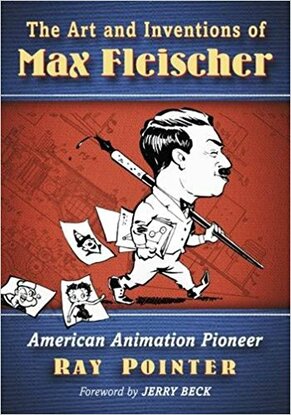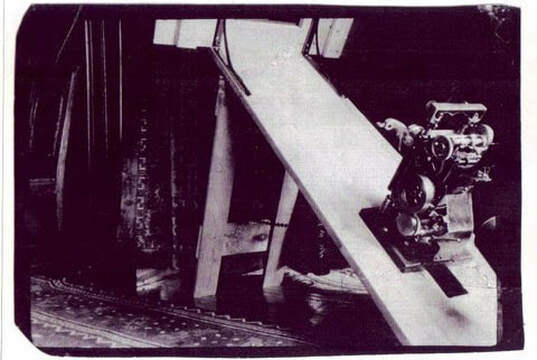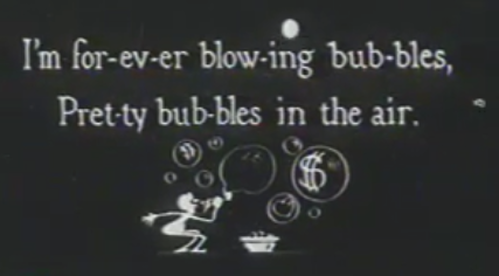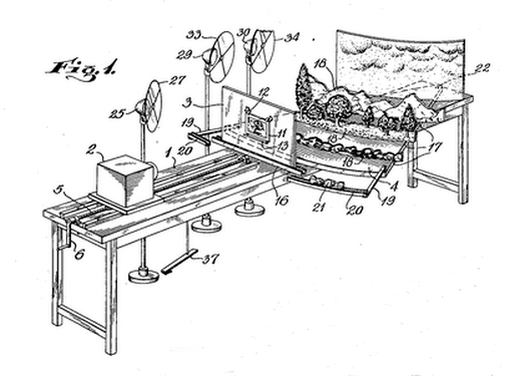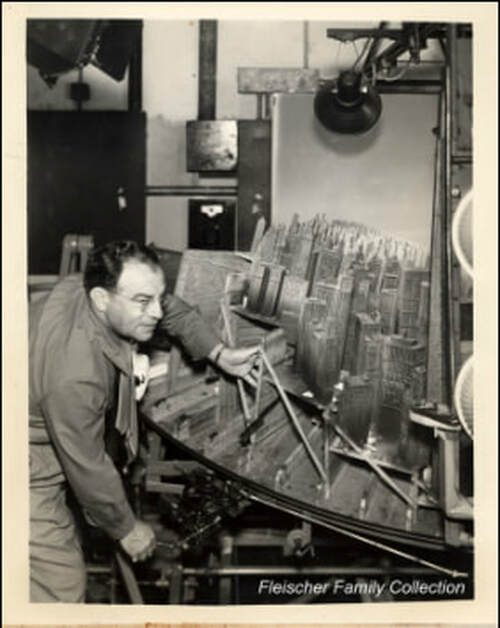|
|
|
|
Jane: Your book goes to great length in placing the story of Fleischer Studios into historical context. What was the state of the art in the industry at the time?
Ray: Motion pictures were a new medium that had only been around less than 20 years when Max came in. During that period, there was a lot of experimentation and finding of a common standard. A lot of this had to do with the inventions of others. This is important to realize since everything had to be invented from the start.
|
|
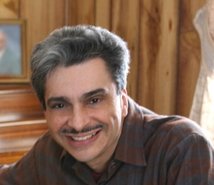 Ray Pointer
Ray Pointer
Ray Pointer “rolled off the Assembly Line" at Henry Ford Hospital on July 4, 1952. He attended Special Ability Art classes at The Detroit Institute of Arts, and graduated from Cass Technical High School, earning a Commercial Art degree. He attended Wayne State University and the University of Southern California, Department of Cinema/Television.
A self-taught filmmaker, Ray experimented with animation from 1963 to 1973, with his first professional exposure at The Jam Handy Organization in Detroit. And in 1973, he received the first Student Oscar for the cartoon short, Goldnavel.
Ray served in the U.S. Navy as a Motion Picture Specialist, serving in a junior officer’s position as Producer for Navy Broadcasting in Washington D.C. During this period, he received The Gold Screen Award from the National Association of Government Communicators for the animated television spots: Pride and Professionalism and Shore Patrol.
In the 1990s, Ray was active in the Animation Renaissance on the west coast, as an Assistant Animator and Storyboard Artist for Film Roman, DIC Entertainment, Hanna-Barbera, Universal, Disney Interactive, Fred Wolf Films, MGM, and Nickelodeon, where he advanced to Animation Director. In 1996, Ray became an active member of The Animation Peer Group of The Television Academy of Arts and Sciences. Since 2009, Ray has been an Adjunct Professor in Digital Media at Kendall College of Art and design in Grand Rapids, Michigan. In 2000, Ray began assembling a selection of the early Max Fleischer Out of the Inkwell and Ko-Ko Song Car-tunes films, which are available on DVD from his web site, www.inkwellimagesink.com.
A self-taught filmmaker, Ray experimented with animation from 1963 to 1973, with his first professional exposure at The Jam Handy Organization in Detroit. And in 1973, he received the first Student Oscar for the cartoon short, Goldnavel.
Ray served in the U.S. Navy as a Motion Picture Specialist, serving in a junior officer’s position as Producer for Navy Broadcasting in Washington D.C. During this period, he received The Gold Screen Award from the National Association of Government Communicators for the animated television spots: Pride and Professionalism and Shore Patrol.
In the 1990s, Ray was active in the Animation Renaissance on the west coast, as an Assistant Animator and Storyboard Artist for Film Roman, DIC Entertainment, Hanna-Barbera, Universal, Disney Interactive, Fred Wolf Films, MGM, and Nickelodeon, where he advanced to Animation Director. In 1996, Ray became an active member of The Animation Peer Group of The Television Academy of Arts and Sciences. Since 2009, Ray has been an Adjunct Professor in Digital Media at Kendall College of Art and design in Grand Rapids, Michigan. In 2000, Ray began assembling a selection of the early Max Fleischer Out of the Inkwell and Ko-Ko Song Car-tunes films, which are available on DVD from his web site, www.inkwellimagesink.com.
To learn more about Ray Pointer's search for Out of the Inkwell films - check out:
